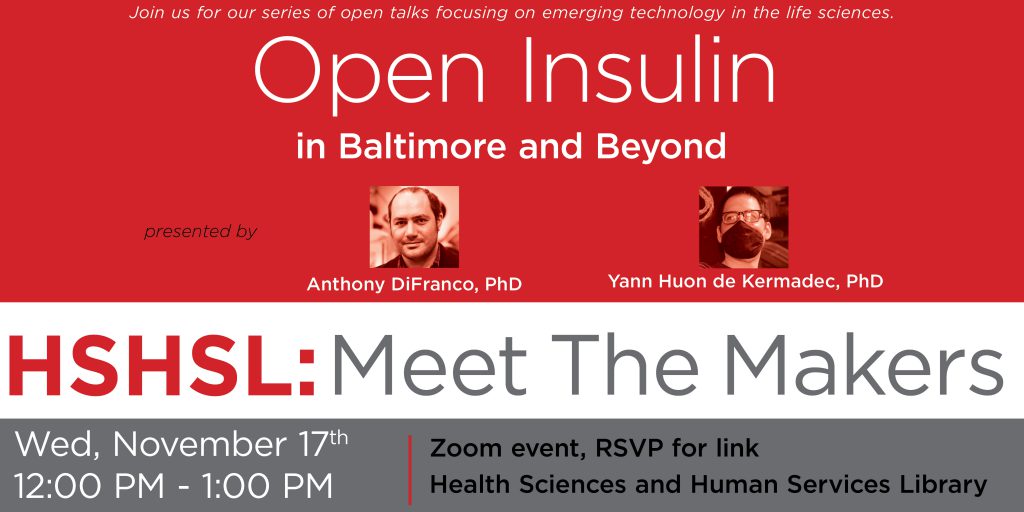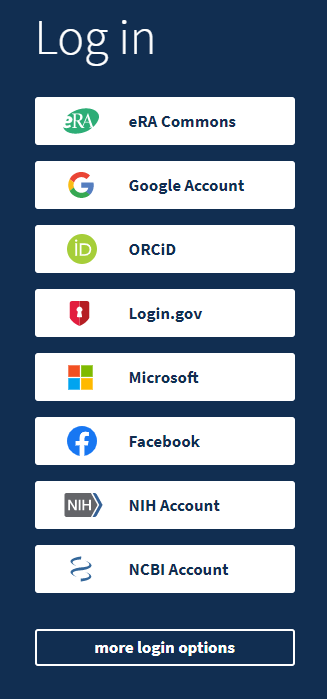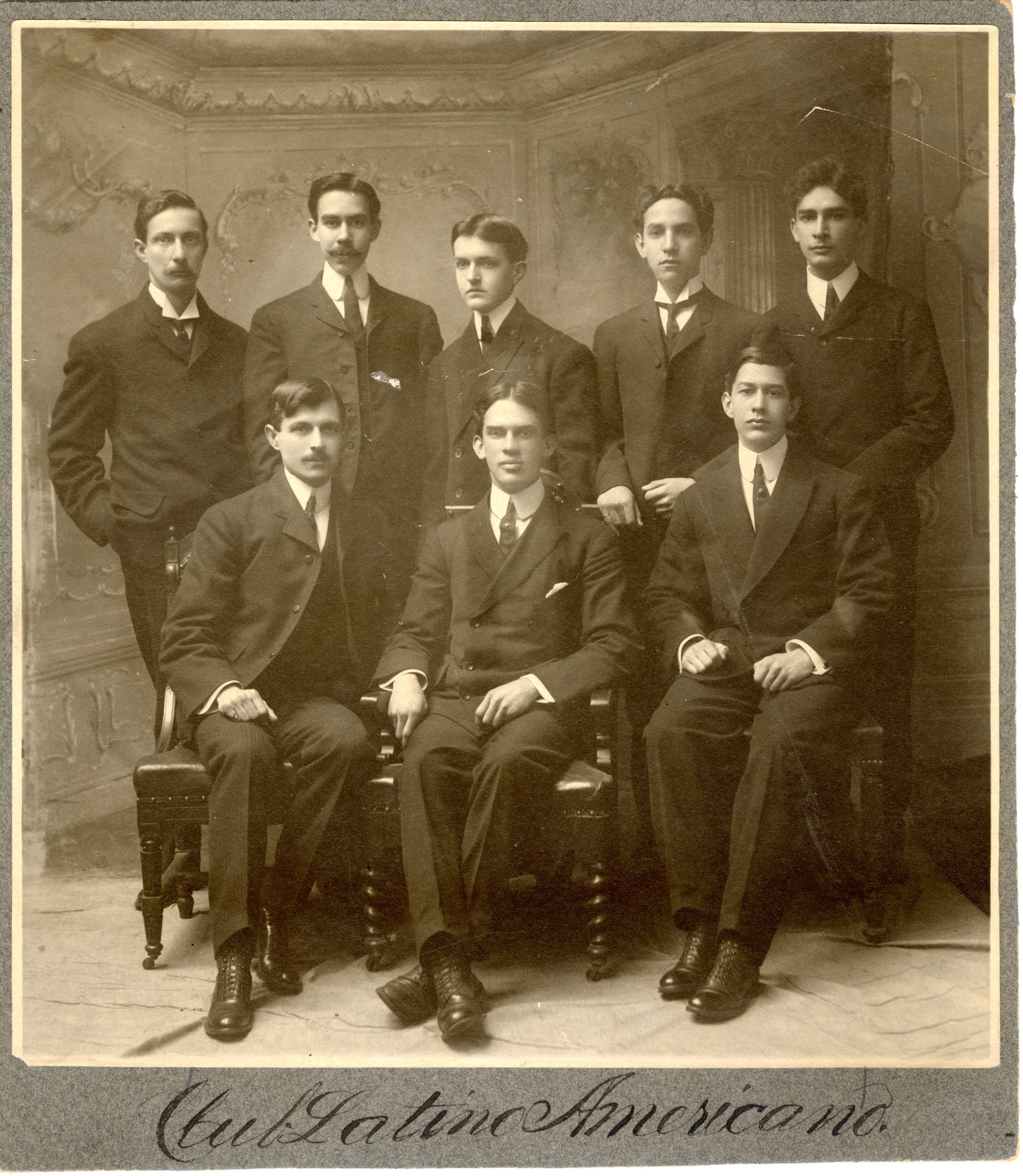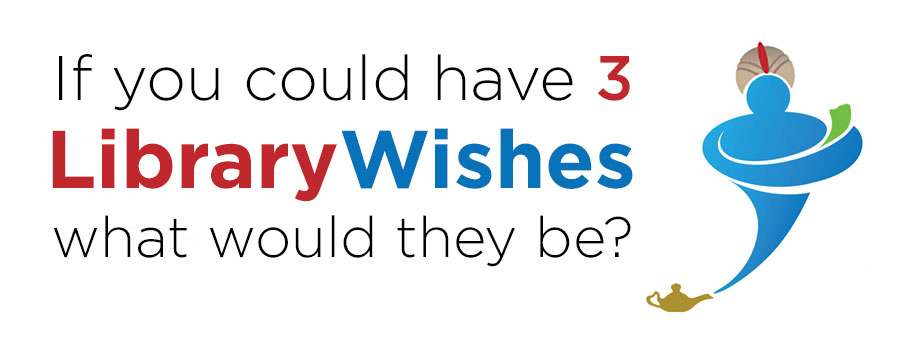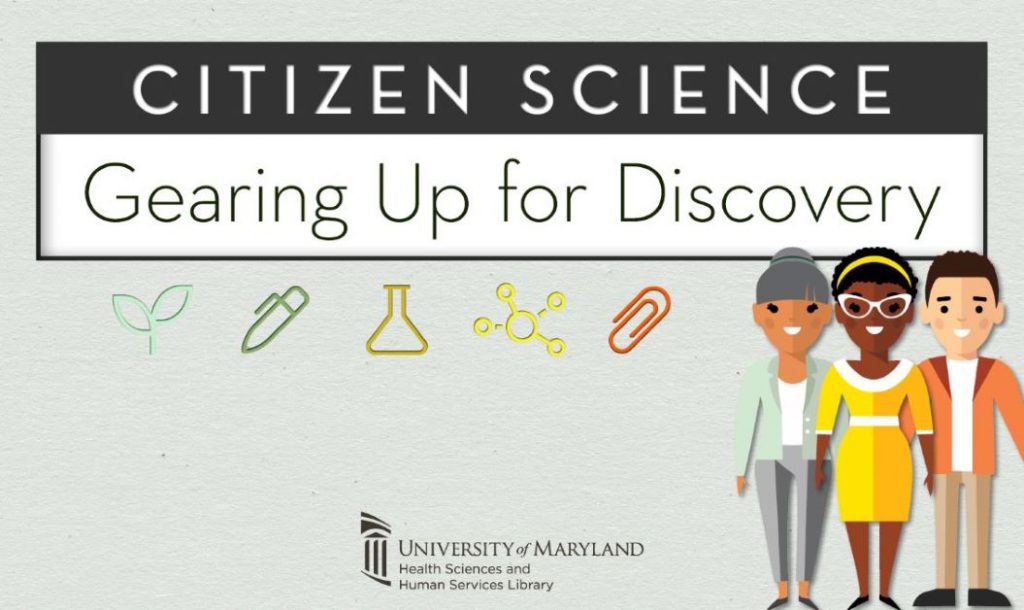Today wraps up another yearly Open Access Week!. That means it’s a great time to think about any datasets you may have submitted to an open access journal or placed in an open repository and to make sure those datasets get included in the UMB Data Catalog.
What is the UMB Data Catalog?
The UMB Data Catalog, a service of the Health Sciences and Human Services Library’s (HSHSL) Center for Data and Bioinformation Services (CDABS), facilitates the discovery of datasets and research products created or used by UMB researchers. Each dataset record includes a description, keywords, contact information, links to associated articles, and more.
The catalog is not a repository to store datasets; it describes them. By having a record for your dataset in the Data Catalog, you can increase the visibility of your research on campus and beyond. Datasets are discoverable through a search in the UMB Data Catalog, Google’s Dataset Search (beta), and Google. Use the link to your dataset record in articles, CVs, and your web profile.
Still need to find a repository for your data?
There is an ever-increasing number of options out there for sharing and storing data. At CDABS, we can help you sort through these options and find an appropriate fit for your data that takes into account funding or publisher requirements, discipline, size, privacy requirements, data type, and more.
Have data, but it’s not open?
We know that many researchers here at UMB work with sensitive data that may not be appropriate for open repositories. By listing your data in the Data Catalog, you can still let the world know your data exists, provide access to valuable metadata, or set up an application process allowing for restricted access to the data. Be sure to talk to us about options for repositories that can handle sensitive data like ICPSR and QDR, or about setting up data use agreements.
Learn more about the UMB Data Catalog in this tutorial.
Request a consultation or submit your dataset to the Data Catalog.
The Center for Data and Bioinformation Services (CDABS) is the University of Maryland Health Sciences and Human Services Library hub for data and bioinformation learning, services, resources, and communication.
Questions? Contact: Jean-Paul Courneya, Bioinformationist and Amy Yarnell, Data Services Librarian – at data@hshsl.umaryland.edu.
To read more of our content and stay informed please visit our communications page and use the form to subscribe: https://www2.hshsl.umaryland.edu/cdabs/communications


